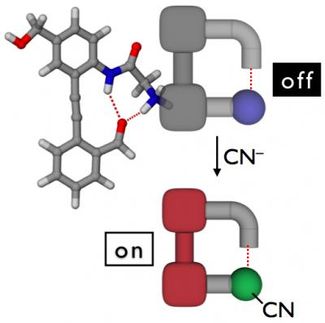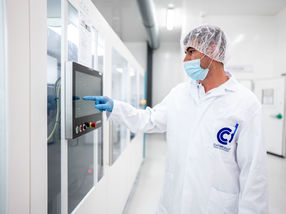Agilent Technologies wins decision on AP-MALDI patent
Agilent Technologies Inc. announced it has prevailed in an interference between the company's 1998 patent application covering atmospheric pressure matrix-assisted laser desorption/ionization (AP-MALDI) and U.S. Patent 5,965,884, assigned to the University of California.
An interference is a proceeding conducted before the U.S. Patent and Trademark Office's Board of Patent Appeals and Interferences to determine priority of invention between a pending application and one or more pending applications and/or one or more unexpired patents. The Board awarded priority for the above interference to Agilent on Feb. 19, 2004. Most of the claims of the University of California patent have been canceled, and a patent covering AP-MALDI is expected to be issued soon to Agilent.
AP-MALDI represents a breakthrough in MALDI, a well-established technique for ionizing proteins, peptides and other biomolecules so that they can be identified by mass spectrometry. The original MALDI technology, however, operated only under a high vacuum. Introducing new samples required breaking and reestablishing the vacuum or relying on complicated vacuum interlocks.
Agilent's AP-MALDI technology allows ionization to take place at atmospheric pressure. It combines the power of MALDI with the ease of use of other atmospheric pressure ionization techniques. AP-MALDI facilitates the fast, easy analysis of large numbers of samples. Agilent offers AP-MALDI ion sources for its ion trap and time-of-flight mass spectrometers.
Both Agilent and the University of California applied for patents related to AP-MALDI. A patent was initially issued to the University of California, the senior party in the interference. Subsequently, the patent office declared an interference between the University of California patent and the Agilent application because they covered the same inventive subject matter. The three administrative patent judges awarded priority to Agilent, the junior party, after evaluating the evidence surrounding the independent inventions of the two parties.
Most read news
Other news from the department politics & laws
These products might interest you

isoprime precisION by Elementar Analysensysteme
isoprime precisION stable isotope ratio mass spectrometer
The most flexible, yet powerful isotope ratio mass spectrometer ever created
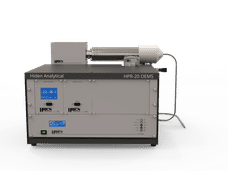
HPR-20 OEMS, Online Electrochemical Mass Spectrometer by Hiden Analytical
Online monitoring and quantification of evolved gases and vapours from electrochemical processes
A complete gas analysis solution, designed to integrate seamlessly with electrochemical applications
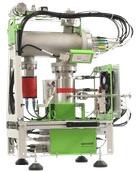
IonTamer ToF MS by Spacetek Technology
IonTamer instruments are time-of-flight residual gas analysers (TOF-RGA) for the analysis of gases
Compact Time-of-flight residual gas analyzer (TOF-RGA) for process analysis
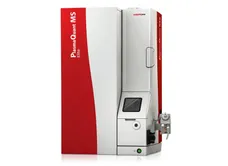
PlasmaQuant MS Elite by Analytik Jena
LC-ICP-MS Is the Key to the World of Elemental Species
Highest Sensitivity and Lowest Detection Limits with PlasmaQuant MS Series and PQ LC
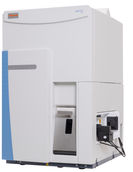
iCAP TQ Triple Quadrupole ICP-MS by Thermo Fisher Scientific
Overcome unexpected interferences, reduce detection limits and improve data quality
Ultralow limits of detection with simplicity - even for the most challenging analytical applications

iCAP RQ single Quadrupole ICP-MS by Thermo Fisher Scientific
Robust ICP-MS with ease of use and high productivity for routine analysis
A complete multi-element analysis solution for your high-throughput routine laboratory
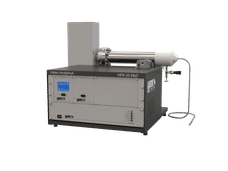
HPR-20 R&D by Hiden Analytical
A specialist benchtop triple filter mass spectrometer for the monitoring of evolved gases & vapours
Providing improved resolution & abundance sensitivity with an ultimate detection limit of 5 ppb sub

NexION® 5000 by PerkinElmer
NexION 5000 Multi-Quadrupole ICP Mass Spectrometer
NexION 5000 Multi-Quadrupole ICP Mass Spectrometer
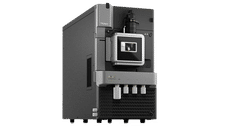
Xevo TQ Absolute by Waters
A new Tandem Quadrupole Mass Spectrometer for Quantification with Absolute power
Absolute performance, efficiency, productivity, and confidence for your most challenging compounds

BIOS ANALYTIQUE - Soluciones de Renting y Leasing para laboratorios by Bios Analytique
Specialists in the rental and leasing of scientific equipment for laboratories throughout Europe
Whether you have an unexpected requirement or limited budget, we have the perfect solution for you
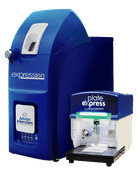
expression® Compact Mass Spectrometer by Advion Interchim Scientific
Mass Spectrometry for Chemists: Fast, Easy, Prep-Free Reaction Monitoring at the Bench
Featuring a variety of sample introduction techniques that also allow TLC/MS & direct probe analysis

TSQ 9610 GC-MS/MS by Thermo Fisher Scientific
TSQ 9610 GC-MS/MS for superb sensitivity and selectivity with outstanding reliable productivity
Eliminate unnecessary, unplanned instrument downtime, save helium and maximize productivity
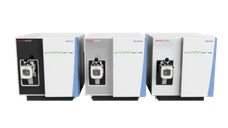
Thermo Scientific TSQ Triple Quadrupole Mass Spectrometry Systems by Thermo Fisher Scientific
Confident quantitation with triple quadrupole LC-MS systems
Mass Spectrometry Systems

Get the chemical industry in your inbox
By submitting this form you agree that LUMITOS AG will send you the newsletter(s) selected above by email. Your data will not be passed on to third parties. Your data will be stored and processed in accordance with our data protection regulations. LUMITOS may contact you by email for the purpose of advertising or market and opinion surveys. You can revoke your consent at any time without giving reasons to LUMITOS AG, Ernst-Augustin-Str. 2, 12489 Berlin, Germany or by e-mail at revoke@lumitos.com with effect for the future. In addition, each email contains a link to unsubscribe from the corresponding newsletter.
Most read news
More news from our other portals
See the theme worlds for related content
Topic World Mass Spectrometry
Mass spectrometry enables us to detect and identify molecules and reveal their structure. Whether in chemistry, biochemistry or forensics - mass spectrometry opens up unexpected insights into the composition of our world. Immerse yourself in the fascinating world of mass spectrometry!

Topic World Mass Spectrometry
Mass spectrometry enables us to detect and identify molecules and reveal their structure. Whether in chemistry, biochemistry or forensics - mass spectrometry opens up unexpected insights into the composition of our world. Immerse yourself in the fascinating world of mass spectrometry!
